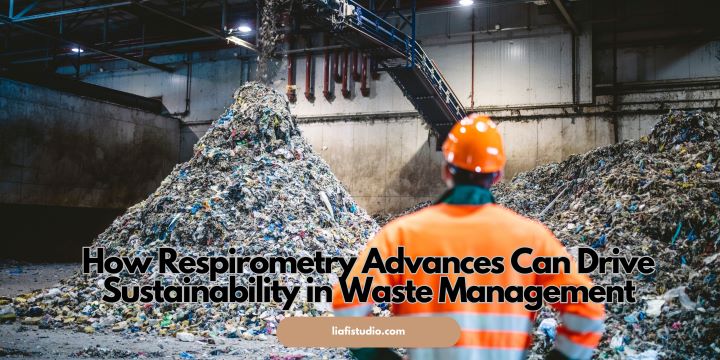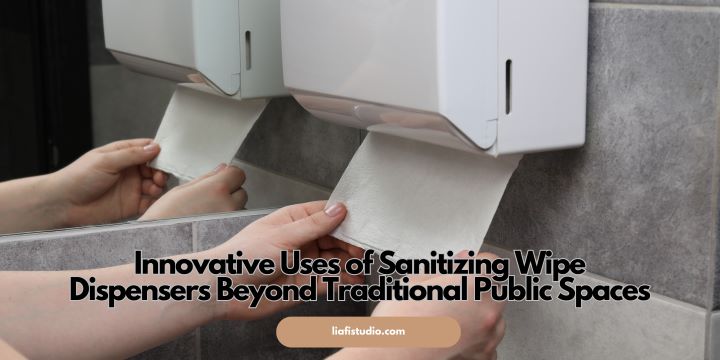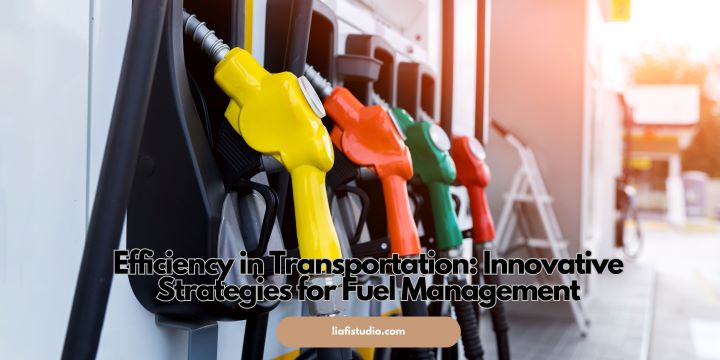Key Takeaways:
- Understanding the role of respirometry in waste management.
- The technological advancements in respirometry and their applications.
- Data-driven decision-making for waste treatment processes.
- The environmental benefits of modern respirometry techniques.
- Case studies showing successful implementation of respirometry.
Table of Contents
- What Is Respirometry?
- Technological Advances in Respirometry
- Importance of Data-Driven Waste Management
- Environmental Benefits
- Case Studies of Successful Implementations
What Is Respirometry?
Respirometry is a powerful analytical method used to measure the metabolic rate of microorganisms in different environments. By assessing the oxygen consumption rate, scientists can infer the biological activity and health of microbial communities, which is crucial for optimizing waste treatment processes.
Employed in waste management, respirometry enables meticulous monitoring of biodegradation and the efficiency of waste treatment practices. This method leverages detailed and precise measurements to track real-time biological activity. This aids in identifying and mitigating potential issues pertaining to biological waste treatment methods. For instance, imbalances in microbial communities that can impede waste decomposition are easily detected and rectified using respirometry data. This early detection capability not only minimizes disruptions but also fosters a more responsive and adaptive waste management system.
Technological Advances in Respirometry
Recent advancements in respirometry have drastically enhanced its application in waste management. Automated systems and real-time data collection technologies have made it simpler to monitor and adjust waste treatment processes with greater precision. Contemporary respirometers employ advanced sensor technologies that offer continuous and highly accurate measurements of microbial respiration rates.
According to Environmental Science, these innovations facilitate superior control over biological treatment processes, optimizing both the degradation of organic waste and the overall efficiency of waste management operations. Enhanced sensor technology empowers operators to fine-tune treatment parameters effectively, thereby ensuring optimal conditions for microbial activity. The automation aspect of modern respirometry reduces the need for manual intervention, which translates to significant cost savings and improved operational efficacy.
Importance of Data-Driven Waste Management
Integrating respirometry data into waste management strategies leads to more informed and effective decision-making. By continuously monitoring biological activity, operators can fine-tune the conditions necessary for optimal waste decomposition, reducing operational costs and minimizing the environmental impact. Data collected through respirometry can pinpoint inefficiencies within the process, enabling timely corrective actions.
Data-driven decision-making enables the identification of process inefficiencies and the implementation of corrective measures. Such precision in monitoring and adjustment leads to improvement in both the speed and completeness of organic waste breakdown, enhancing the overall efficiency of waste treatment facilities. The EPA’s Sustainable Management of Food emphasizes the importance of leveraging data to optimize waste processing and maintain regulatory compliance. Data-centric approaches also ensure that resources are utilized optimally, reducing the ecological footprint associated with waste management practices.
Environmental Benefits
Employing respirometry in waste management significantly contributes to environmental sustainability by enhancing waste treatment efficiency and minimizing negative environmental impacts. By improving the microbial breakdown of organic matter, respirometry helps reduce greenhouse gas emissions and enhances water quality by preventing the release of untreated pollutants. This is particularly vital in preventing methane emissions during waste decomposition.
Moreover, respirometry ensures the safe disposal of hazardous materials by monitoring and optimizing biological treatment processes. The accurate real-time data provided by respirometry allows for maintaining optimal conditions for microbial activity, ensuring thorough degradation of toxic substances. This enhanced level of control protects ecosystems from the harmful effects of poorly treated waste and promotes a healthier environment.
Case Studies of Successful Implementations
Several municipalities and private companies have successfully integrated respirometry into their waste treatment protocols, yielding remarkable outcomes. For instance, a city in Europe managed to reduce its landfill waste by 30% within a year by optimizing its composting processes using respirometry. This significant reduction not only minimized landfill space usage but also decreased methane emissions, a potent greenhouse gas known for its substantial impact on climate change.
In another case, a waste management company employed respirometry to enhance its anaerobic digestion processes. The company maximized biogas production by continuously monitoring microbial activity, converting more waste into renewable energy sources. This not only provided an alternative energy source but also reduced reliance on fossil fuels, contributing to a reduction in overall greenhouse gas emissions. These examples demonstrate the transformative potential of respirometry in advancing sustainable waste management practices. Adopting respirometry-based strategies can lead to significant environmental and economic benefits, encouraging a shift towards more sustainable waste treatment solutions.




